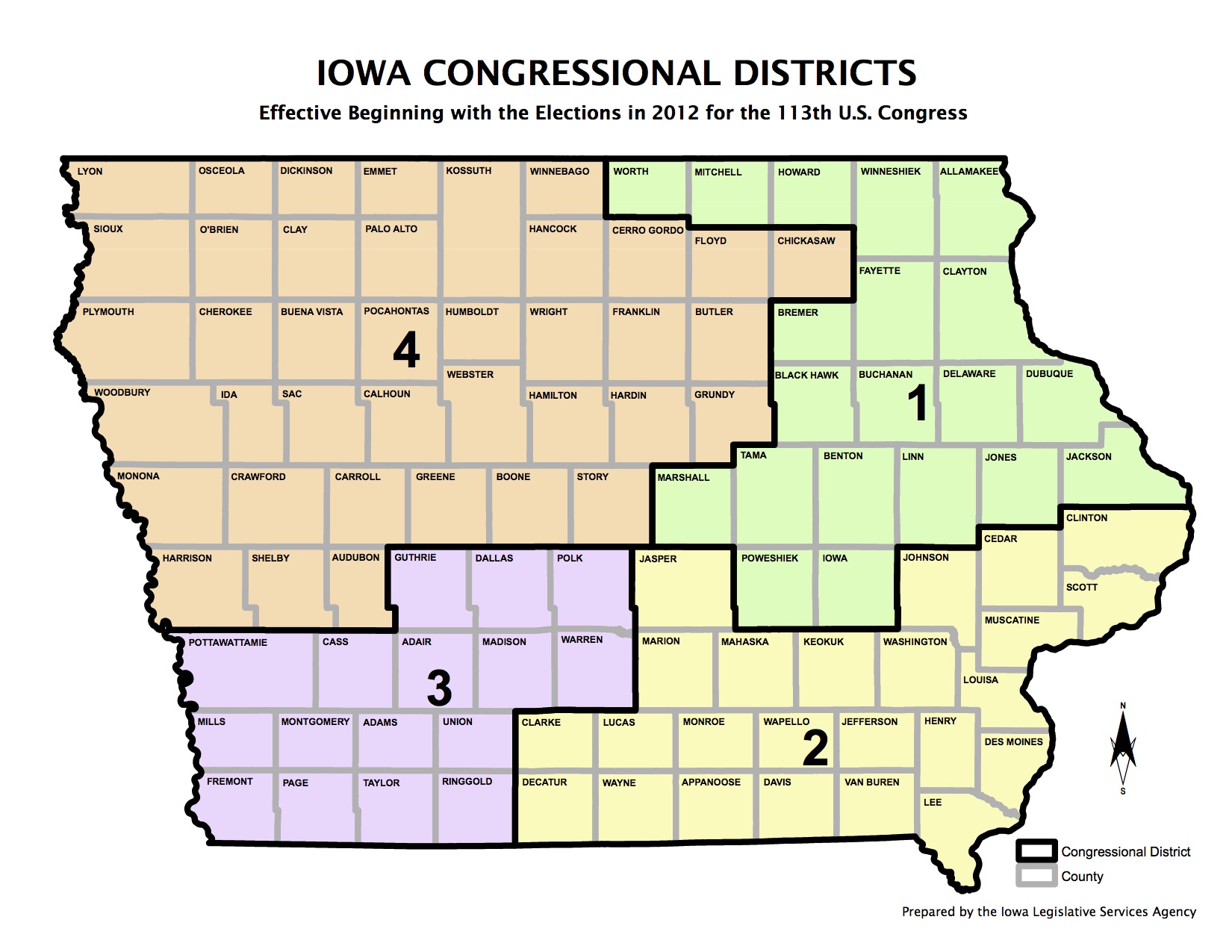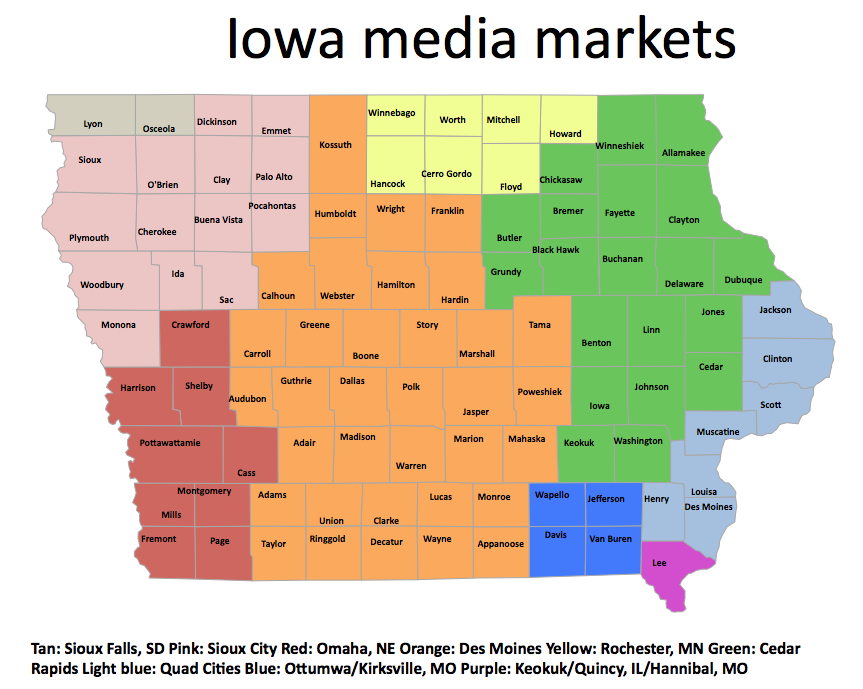The 2018 campaign for Iowa’s third Congressional district was the most expensive U.S. House race in our state’s history. Then-Representative David Young spent more than $2.8 million, his Democratic challenger Cindy Axne spent more than $5.1 million, and outside groups kicked in nearly $9 million to influence the outcome.
The latest Federal Election Commission filings show Axne and Young are both raising plenty for what should be a highly competitive (and expensive) rematch.
Michael Beckel of Issue One noted after reviewing the third-quarter reports for all U.S. House candidates, “the median amount raised by House freshmen was about $383,000 — or about $4,200 per day. The typical incumbent running for re-election in a race rated as a toss-up by the Cook Political Report raised roughly $529,000 — about $5,750 per day.”
IA-03 is one of those toss-up races, and Axne’s fundraising is in line with that of her fellow first-termers.
Her campaign reported total receipts of $475,786.11 from July through September, significantly higher than her intake during either of the previous two quarters. Unlike many Congressional incumbents, Axne raised nearly three times more from individuals ($351,936.43) as from political action committees ($119,056.22) during the reporting period. Only ten of the individuals who gave to Axne in the third quarter have maxed out with $5,600 in contributions this cycle. The vast majority could give again.
As with Iowa’s other first-term House Democrat Abby Finkenauer, the dozens of PACs supporting Axne were linked to labor unions, industry advocacy groups, progressive organizations, and other Democratic members of Congress.
Axne’s campaign reported $117,007.43 in operating expenses during the third quarter. The most significant costs were related to staff salaries, digital consulting and advertising, fundraising, and polling ($15,850.00 to the well-known Democratic pollster ALG). As of September 30, cash on hand was $1,198,084.11.
The presumptive Republican nominee (Young will have only token opposition in the GOP primary) had a good quarter for a non-incumbent, raising $329,540.16 from July through September. That’s only about ten percent below what Young’s campaign took in during the second quarter. Individual gifts totaled $246,690.16 (about $52,000 less than the previous quarter), but PAC donations were $82,850.00 (up by nearly $30,000).
A good sign for Young: about one-sixth of his donations from individuals ($41,704.94) were unitemized, indicating a fairly large number of small donors who gave less than $200. The establishment-backed GOP candidate in IA-01, Ashley Hinson, only raised about $9,000 in unitemized gifts during the same period. Having served two terms in Congress before losing to Axne in 2018, Young presumably has a much larger mailing list than Hinson.
Among donors who gave larger amounts to Young, former Governor Terry Branstad donated another $1,000, bringing his total contributions to $2,000 this cycle. Most of Young’s donors have not maxed out and could be tapped again.
More than two dozen PACs and political committees gave to Young, representing corporations, industry groups, conservative organizations, and Republican members of Congress. U.S. Senator Joni Ernst’s JONI PAC made two contributions totaling $10,000.
Young’s operating expenditures were comparable to Axne’s during the quarter: $107,131.37, with various kinds of consulting the biggest line items. His campaign filings for this and the previous quarter don’t show any spending on polling yet, but the National Republican Congressional Committee may have polled this district already. Young had $564,639.53 in the bank as of September 30.
Since other organizations will spend millions on this race next year, the candidates’ fundraising may seem less important. But campaigns can’t legally coordinate with many of the groups making independent expenditures in U.S. House races. It’s always better to have enough money to spread your own message district-wide, and about 15 percent of the voters in IA-03 live in counties reached by Omaha television stations, rather than the Des Moines market (see maps below).
Any comments about the IA-03 race are welcome in this thread. The latest official figures show that the district’s sixteen counties contain 169,837 active registered Democrats, 169,279 Republicans, and 177,477 no-party voters.
UPDATE: Barbara Rodriguez reported for the Des Moines Register on October 13 that Young will donate $2,433.02 to flood recovery funds in southwest Iowa. Last year, his campaign received that amount through the joint fundraising committee Protect the House. The original donor was Igor Fruman, who had contributed the money under the name “Igor Furman.” Fruman was recently charged with federal crimes; he and an associate were conduits for contributions to U.S. candidates from foreign nationals. I’ve seen no evidence that Young was aware Fruman was a party to a crime or that the donation from “Furman” came from a foreign source.



